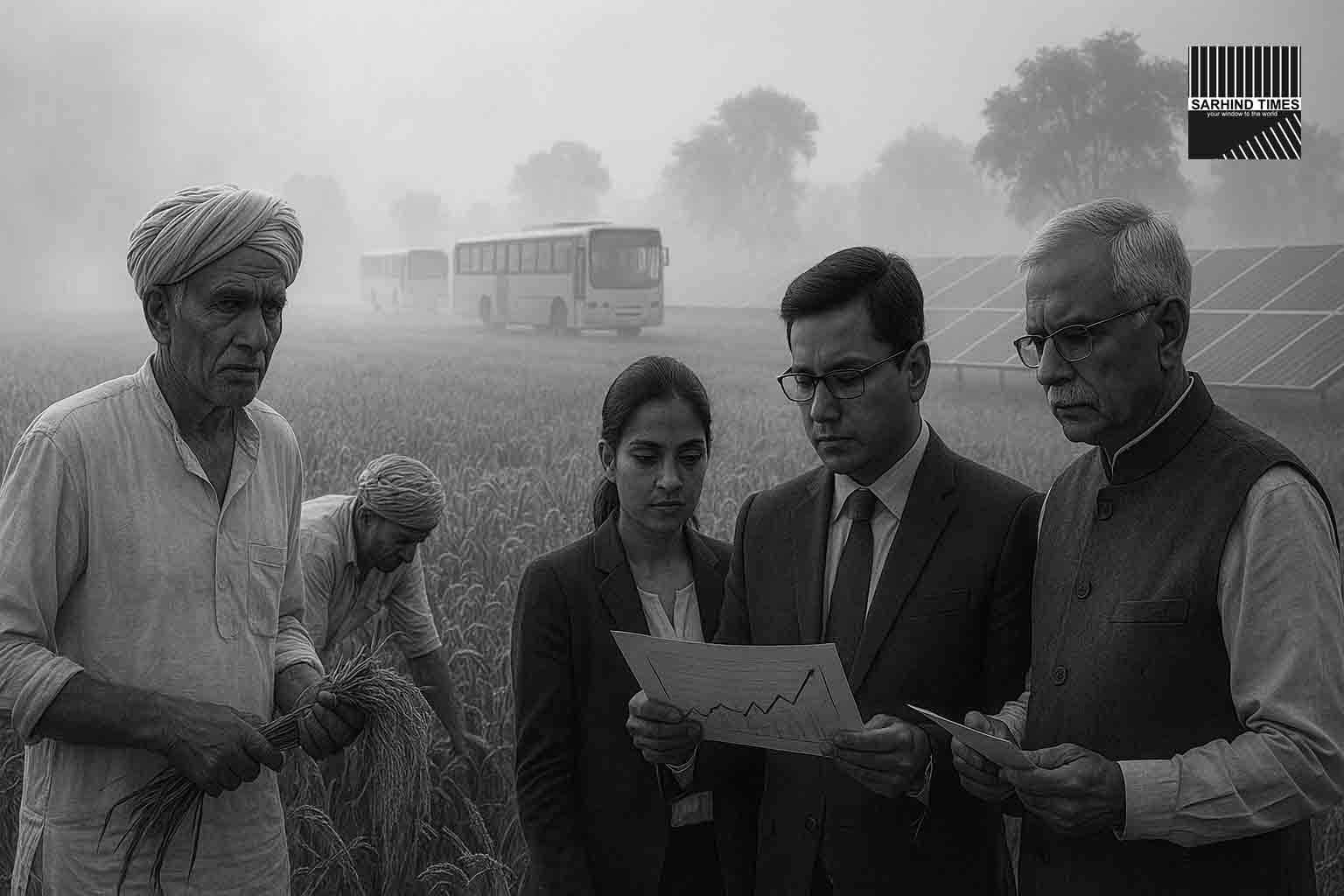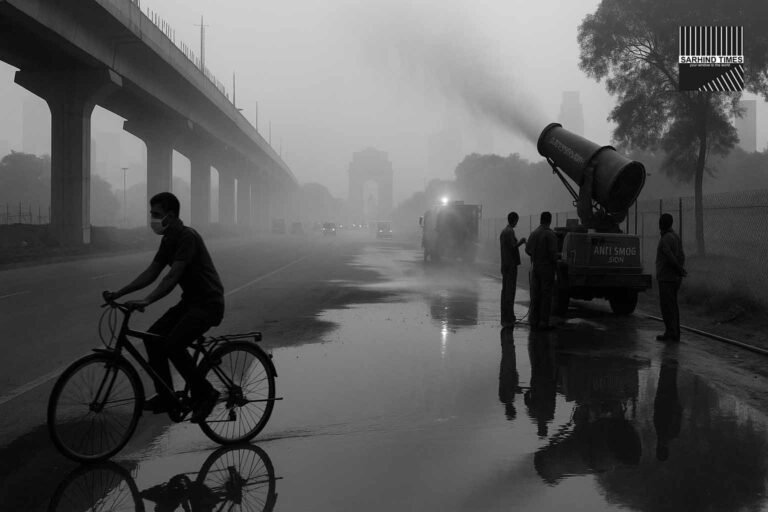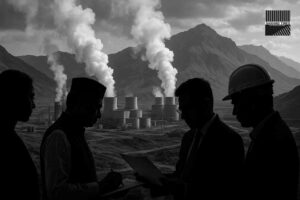Introduction: A State-Level Climate Breakthrough
In a pioneering move, the Government of Haryana has unveiled a dual climate action plan designed to simultaneously cut long-term carbon dioxide (CO₂) emissions and tackle short-lived climate pollutants (SLCPs) such as methane, black carbon, hydrofluorocarbons (HFCs), and tropospheric ozone precursors.
This approach is being hailed as one of the most comprehensive state-level climate policies in India. By combining strategies that address both the slow-burn problem of CO₂ accumulation and the immediate threat of fast-acting pollutants, Haryana seeks to create a model for balanced climate governance that protects health, mitigates warming, and drives sustainable growth.
Understanding the Problem: CO₂ vs. Fast-Acting Pollutants
CO₂ – The Long-Term Challenge
Carbon dioxide is the most prevalent greenhouse gas globally, responsible for about 75% of emissions. Its impacts unfold slowly but persist for centuries in the atmosphere, making it the central focus of global climate agreements like the Paris Accord.
Fast-Acting Pollutants – The Immediate Threat
SLCPs, on the other hand, may not linger as long as CO₂ but are far more potent in the short term:
- Methane – 80x more powerful than CO₂ over 20 years.
- Black Carbon (soot) – Contributes to respiratory disease and accelerates glacier melting.
- HFCs – Widely used in refrigeration, potent climate forcers.
- Ground-level Ozone – Damages crops and worsens air quality.
Reducing SLCPs can bring quick climate and health benefits—lowering hospital admissions, saving crops, and improving visibility—while CO₂ reduction ensures long-term sustainability.
Haryana’s Climate Vulnerability
Haryana, located in the northwestern plains of India, faces multiple climate-related risks:
- Air Pollution – Delhi NCR’s smog crisis often worsens due to stubble burning in Haryana’s fields.
- Heatwaves – Rising summer temperatures have made Haryana one of India’s heat-stressed regions.
- Agriculture Dependence – Paddy cultivation and livestock release methane; crop residue contributes to black carbon.
- Transport Growth – A booming urban population has increased vehicle-related emissions.
Thus, Haryana is both a contributor to and victim of climate change, making urgent action necessary.
The Dual Climate Plan: Key Features
1. Long-Term CO₂ Reduction
- Transition to Clean Energy – Expanding solar parks and rooftop installations.
- Industrial Efficiency – Mandating energy-efficient processes in factories.
- Electric Mobility – Incentives for EV adoption and charging infrastructure.
- Carbon Markets – Exploring credits and trading to fund low-carbon growth.
2. Fast-Acting Pollutant Reduction
- Agriculture – Incentives for stubble management, methane-reducing cattle feed, and bio-digesters.
- Transport – Strict emission norms, phasing out diesel autos, and promoting public transport.
- Waste Management – Methane capture from landfills, waste-to-energy plants.
- Cooking & Heating – Distribution of clean cooking stoves to replace biomass.
3. Institutional Framework
- Dedicated Climate Cell – To monitor implementation.
- Collaboration with Research Institutes – To track SLCPs via satellite and ground monitoring.
- Public-Private Partnerships – For waste and clean energy projects.
Global Inspiration and Alignment
Haryana’s strategy reflects global best practices:
- California pioneered combined CO₂ + SLCP reduction laws, seeing both climate and health benefits.
- UNEP’s Climate & Clean Air Coalition (CCAC) promotes dual strategies globally.
- India’s commitments under the Paris Accord align with long-term CO₂ reduction, but Haryana’s state-level leadership on SLCPs adds urgency and innovation.
Expected Benefits
Environmental
- Immediate Air Quality Improvement – Lower black carbon means fewer smog episodes.
- Reduced Warming – Tackling methane and HFCs can shave off nearly 0.5°C of warming by 2050 if scaled globally.
Health
- Fewer asthma and cardiovascular cases.
- Reduced hospital burden and mortality linked to air pollution.
Agriculture
- Reduced ozone damage to crops, higher yields.
- Methane reduction improves rural sustainability.
Economic
- Green jobs in clean energy, waste management, and technology.
- Attracting climate finance through pioneering action.
Challenges Ahead
Despite its ambition, Haryana’s plan will need to overcome:
- Farmer Resistance – Traditional practices like stubble burning are hard to phase out.
- Funding Constraints – Advanced waste and clean tech require capital.
- Monitoring Difficulties – SLCP emissions are harder to track than CO₂.
- Coordination Gaps – Agriculture, transport, and industry require cross-sectoral policy alignment.
A Roadmap for Other States
If Haryana succeeds, it could serve as a template for other Indian states. The dual approach offers a balanced, scalable model:
- Short-term wins (visible cleaner air, reduced illness).
- Long-term security (stable climate, reduced CO₂ lock-in).
Conclusion: A Bold Balancing Act
Haryana’s dual climate plan is visionary and pragmatic. It recognizes that people need results today—cleaner air, healthier crops—while also safeguarding the future by reducing CO₂.
By integrating both timelines into one policy, Haryana shows the way for holistic climate governance. This is not just an environmental story—it is about public health, economic resilience, and leadership in climate action.
If implemented effectively, this could be the new benchmark for climate strategy in India and globally.
#ClimateAction #CleanAir #SustainableHaryana #CO2Reduction #GreenPolicy #SarhindTimes #MethaneReduction #PollutionControl























+ There are no comments
Add yours